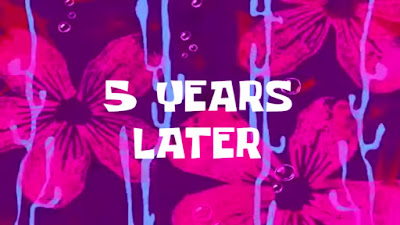At the time the paper came out, there was an online calculator. It hasn’t succumbed to link rot: it’s still there! (Remember, the preceding sentence was written in 2017.) I entered in the following values then:
- Current h-index: It was 8 in 2012 (according to Google Scholar).
- Number of articles: 24 (I only counted my original technical articles).
- Years since first article: 20 (then; my first paper was in 1992).
- Number of distinct journals: 20.
- Number in “top” journals (a.k.a. the glamour mags): 0.
The program predicted my h-index now, five years later, would be 13. It got it exactly right, which I mentioned in a 2017 post.
Next, to schedule a post with this graph for 2022. We’ll see how close it is.
[Wakes up in 2022, sees post, checks Google Scholar]
PI predictor said in 2012 that my H-index this year would be 21. Google Scholar says it’s...
22!
I exceed expectations, woohoo! And it’s even better than the 2017 prediction, which said I would only have an h-index of 18.
It’s a good thing I checked back in 2017, because the online PI Predictor page seems to have finally succumbed to link rot.
Related posts
Gazing into the crystal ball of h-index
A look back in the crystal ball
References
Acuna D, Allesina S, Kording K. 2012. Predicting scientific success. Nature 489: 201-202. https://doi.org/10.1038/489201a





No comments:
Post a Comment
Comments are moderated. Real names and pseudonyms are welcome. Anonymous comments are not and will be removed.